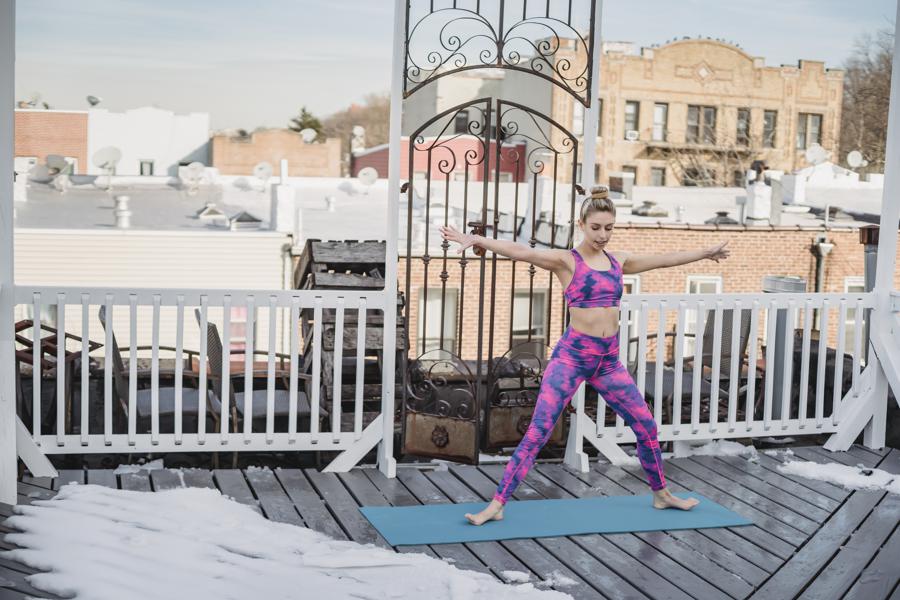5 Point Guide To Buy A Yoga Mat
Are you looking for the perfect yoga mat to enhance your practice? With so many options available, it can be hard to know which one is right for you.
To help you out, we created this five-point guide to help you choose the perfect yoga mat. Learn about the different materials, thicknesses, and sizes available, and discover how to make sure your mat is eco-friendly. We’ll also provide tips on how to maintain your mat and keep it in good condition.
Read on to find the best yoga mat for you.
Types of yoga mats
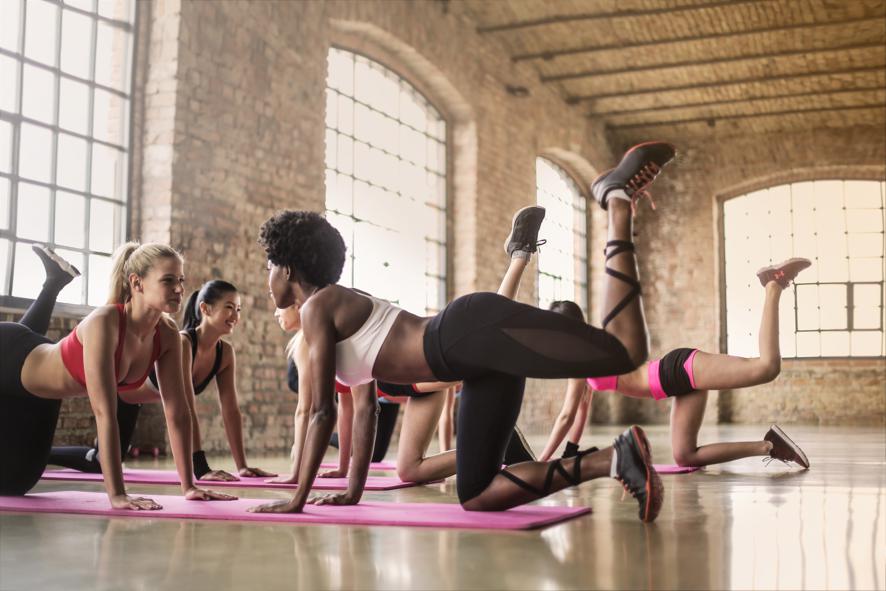
Are you looking for the perfect yoga mat to help you find your inner zen? With so many options on the market, it can be hard to know what to look for.
First, consider the type of mat you want. Many mats are designed for specific forms of yoga, such as hot yoga, so make sure to pick one that best suits your practice.
You can also choose from a variety of materials, including natural rubber, foam, and jute. Second, check the size of the mat to make sure it fits your needs.
Third, think about the thickness of the mat. Thicker mats provide extra cushioning and support, but can also be heavier and harder to transport.
Thinner mats are lighter and more portable, but may not provide as much cushioning and support. Fourth, examine the texture of the mat. Some mats have a textured surface to provide extra grip and stability, while others are smooth. Choose the texture that works best for your practice. Finally, take a look at the price. Yoga mats come in a range of prices, so choose one that fits your budget. By following these five points, you should be able to find the perfect yoga mat for your practice. Happy shopping!
Factors to consider when choosing a yoga mat
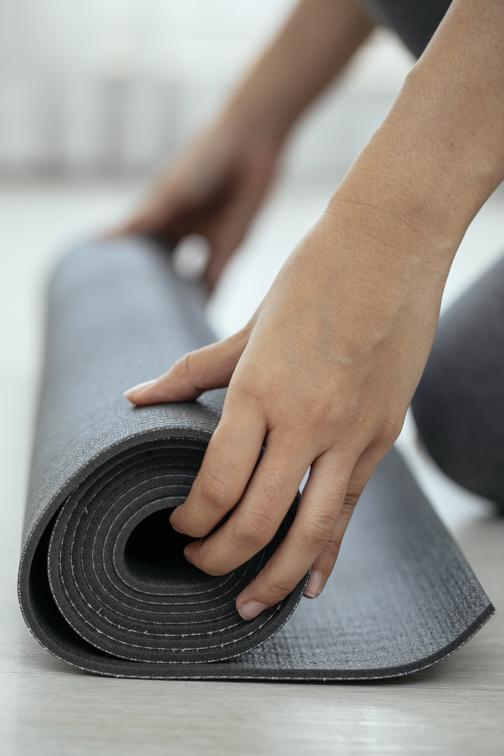
Yoga mats are an essential part of any yogi’s practice, so it’s important to make sure you get the right one for you. With so many mats to choose from, how do you know which one will suit your needs? To help you make the best choice, here are five points to consider when choosing a yoga mat:
Material: Yoga mats come in a variety of materials, including PVC, natural rubber, microfiber, jute, and cotton. Each material has its own benefits, so it’s important to do your research and find the one that suits your needs best.
Size: Not all yoga mats are created equal. You’ll want to find one that is the right size for your body and your practice.
If you’re tall, you may need a longer mat, while petite yogis may want a shorter one.
Thickness: The thickness of the mat can make a big difference in your comfort and your practice. Thicker mats provide more cushioning, but may be harder to balance on. Thinner mats are easier to balance on but may not provide enough cushioning. Grip: The grip of the mat is also important. The more grip, the better, as this will help you stay in place and avoid slipping and sliding during your practice. Price: Last but not least, you’ll need to consider your budget. While some yoga mats can be quite pricey, there are plenty of affordable options out there that will provide you with the support and comfort you need. By taking all of these points into consideration, you can ensure you get the perfect yoga mat to suit your needs and your budget.
Where to buy a yoga mat
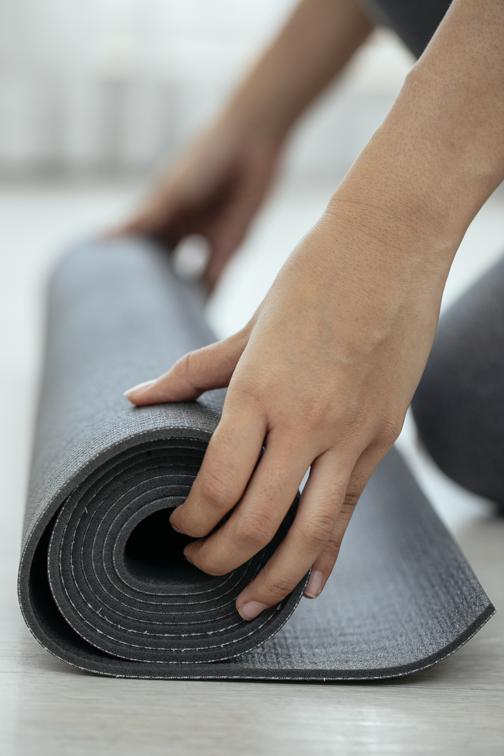
Yoga mats are an essential tool for any yogi. But with so many different types available, it can be difficult to know which one is right for you.
To make sure you get the most out of your yoga practice, here’s a 5-point guide to help you find the perfect yoga mat for you. First, consider the thickness of the mat. If you’re a beginner, you’ll want a thicker mat that offers extra cushioning and support.
On the other hand, if you’re more advanced in your practice, you may prefer a thinner mat that allows for more flexibility. Second, think about the material.
Most yoga mats are made from either PVC, rubber, or natural fibers. PVC mats are the most durable and economical, while rubber mats offer more cushioning and stability. Natural fiber mats, such as jute or cotton, are more environmentally friendly but may be more prone to wear and tear.
Third, consider the grip. Look for a mat that offers a non-slip grip, so you can stay in place during your practice. Some mats come with a textured surface, while others are designed with a special coating to provide extra traction. Fourth, think about the size and weight. If you plan on traveling with your mat, you’ll want to look for a lightweight option that can easily be folded and stored. If you practice at home, you can probably get away with a heavier mat that provides more cushioning. Finally, think about the price. Yoga mats range in price from under $20 to over $100. If you’re on a budget, there are plenty of quality mats available for a reasonable price. However, if you’re looking for the best performance and comfort, you may want to invest in a more expensive option. With this 5-point guide, you can easily find the perfect yoga mat for you. Now you can practice with confidence, knowing you have the right mat for your yoga needs.
Tips for caring for your yoga mat
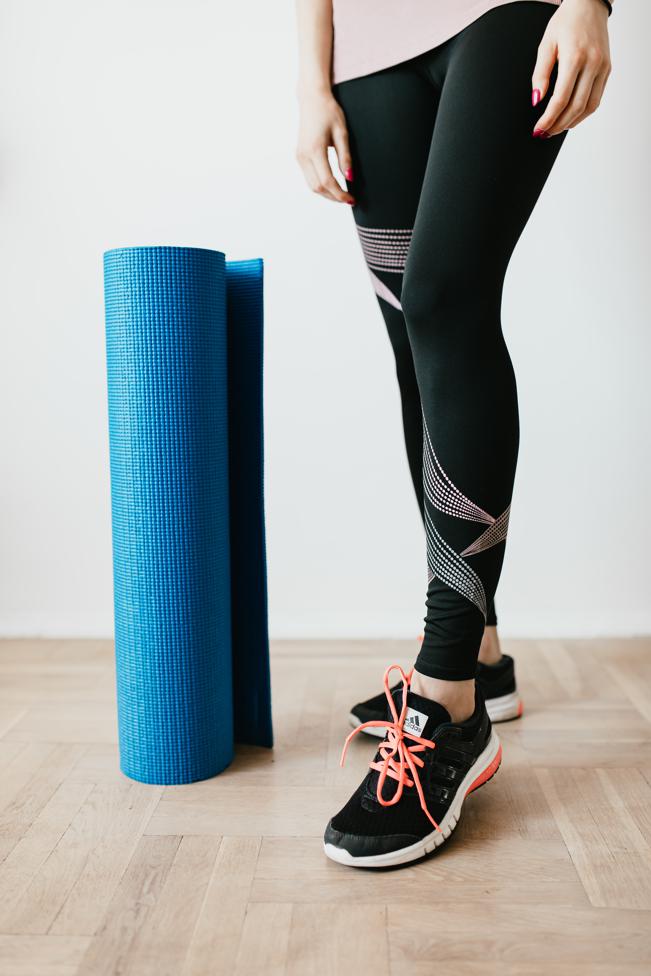
Are you looking to invest in a yoga mat that will last? If so, here is a 5-point guide to help you buy a yoga mat that will keep you comfortable and supported in your yoga practice.
Different materials provide different levels of cushion and grip, so it’s important to find the right one for you. Second, decide on the size and thickness of your mat.
A thicker mat provides more cushioning, while a thinner one allows you to feel the floor more. Third, think about the texture of the mat.
Some are smooth, while others are more textured to provide better grip. Fourth, consider the cost of the mat. While a more expensive mat can be of better quality, cheaper mats may also be suitable.
Finally, make sure your mat is easy to clean and maintain. Regular cleaning will keep it looking and smelling fresh. By following this 5-point guide, you’ll be sure to find the perfect yoga mat for your needs.
Summing up the benefits of owning a yoga mat
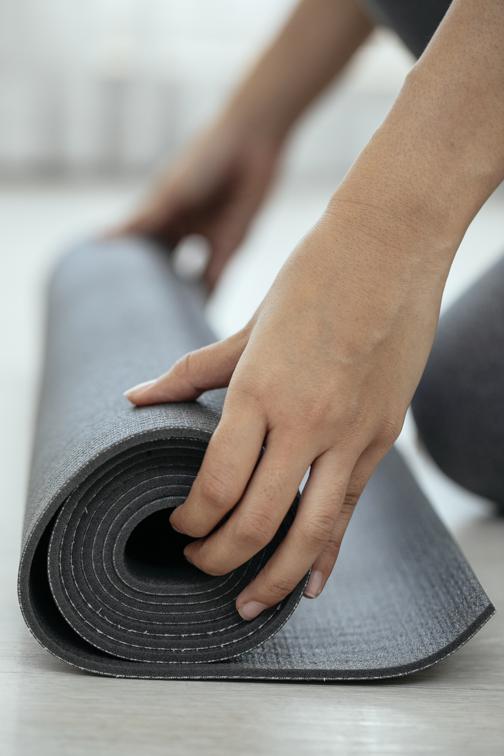
A yoga mat is an essential tool for any yogi. Not only will it provide you with the cushioning and stability you need to practice safely, but it also helps you maintain proper alignment.
With so many different options out there, it can be hard to know what to look for when shopping for a yoga mat. To help make the process easier, here is a five point guide to buying the perfect yoga mat for you: Consider your practice: What type of yoga do you practice?
Are you looking for a mat that’s extra thick and cushy for restorative yoga, or something thin and lightweight for more active classes?
If you’re tight on space, look for a mat that’s smaller than the standard size. But if you’re tall, consider getting a longer mat.
Look at material: What kind of material do you prefer? Natural rubber mats are great for grip and cushioning, while PVC mats are lightweight and durable. Consider the texture: Do you like a smooth or textured mat? Smooth mats are great for sweaty practices, while textured mats can provide better traction. Check for eco-friendly materials: If you’re looking for an eco-friendly option, look for natural rubber, cork, or jute mats. By following this five point guide, you can easily find the perfect yoga mat for your practice. So get out there and find the perfect mat for you!
Final Touch
In conclusion, buying a yoga mat is an important investment for anyone looking to practice yoga. By following our 5-point guide, you can ensure you get the right mat for your needs and budget.
With the right mat in hand, you can now embark on your yoga journey with confidence.

